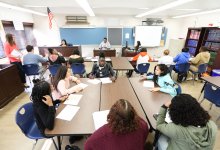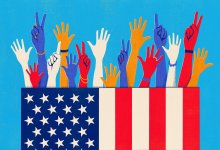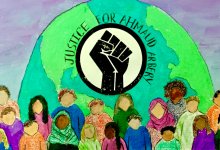Social Studies/History
Explore and share tips, strategies, and resources for helping students develop in the social sciences.
Applying the Scientific Method in History Class
Using a key concept from science class in history encourages high school students to analyze data with a willingness to make mistakes.353Exploring Writing, Social Studies, and Math in a Map Challenge
Encouraging students to bring their creativity and imagination to challenging content makes it more accessible—and helps them learn it more deeply.191Using Field Trips to Enliven Local History Classes
These ideas for high school field trips teach students about the history of their community in ways that connect to the curriculum.4200Scaffolding Discussion Skills With a Socratic Circle
Students deepen their understanding and build a sense of community by engaging with their peers’ reasoned arguments.12.2kInquiry-Based Tasks in Social Studies
Assignments that are bigger than a lesson and smaller than a unit are a good way to experiment with inquiry-based learning.10.5kGetting Their Hands Dirty
Experiential learning—like making incense sticks in factory conditions—teaches kids about real social issues.9.7kReinventing AP Courses With Rigorous Project-Based Learning
A new study shows that when implemented well, AP courses built around project-based learning can raise test scores for all students, including those in traditionally underserved demographics.4.7kProject-Based Learning: Raising Student Achievement for All Learners
Researchers in Michigan showed that project-based learning in high-poverty communities can produce statistically significant gains in social studies and informational reading—see how they did it in this video.10.4kHow to Teach History in a Culturally Responsive Way
History is complicated, but teachers can approach it by leading with truth and advocating for empathy.8176 Free Online Resources for Primary Source Documents
The Common Core Learning Standards describe the importance of teaching students how to comprehend informational text. Primary source documents are artifacts created by individuals during a particular period in history. This could be a letter, speech, photograph or journal entry. If you're looking to integrate social studies into your literacy block, try out one of these resources for primary source documents.15.4kTurning Students Into Bold Historical Thinkers
By collapsing the distance between historical eras and the present day, we motivate students to ask hard questions and dig deeper into the past.853Game-Based Learning in Civics
Teachers can use games, both physical and digital, to help students build a foundation for understanding complex content.360Integrating Social Studies in the Early Grades
Elementary teachers can ensure that students are exposed to social studies by setting up interdisciplinary lessons that focus on real issues.613Exploring Social Justice Issues Through PBL
The open-ended work in project-based learning can help students explore issues that matter to them.4.5kHow to Engage Students in Historical Thinking Using Everyday Objects
Asking students to examine their own possessions from the perspective of a historian in the future helps them sharpens their analytical skills.3.8k














